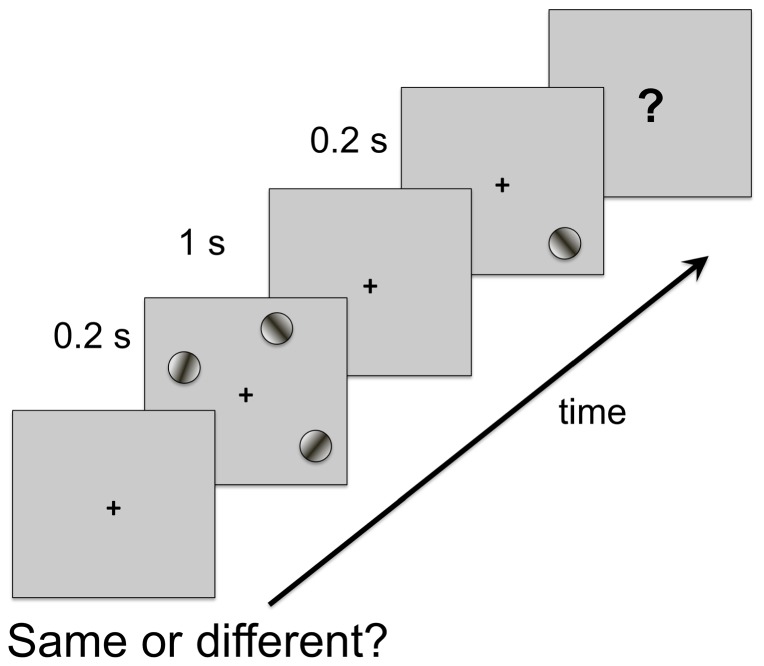Figure 10. Experimental setup: task timeline.

A stimulus set (“memory set”), consisting of 1 to 4 oriented Gabor stimuli, was shown for 200 ms in order to discourage subjects from making saccadic eye movements to scan the individual items. Trials were started by a button press and the first stimulus frame was only displayed after a variable delay time (500–700 ms). A fixation point was maintained at the center of the screen throughout each block of trials. The orientation of each Gabor stimulus in the memory set was one of eight possible orientations ( 10, 20, 30 or 40 degrees from the vertical). A blank delay of 1000 ms followed the display of the memory set. Then, one probe stimulus (“test stimulus”) was shown for 200 ms. The test stimulus was identical to the Gabor patch at the same location in the memory set on “same trials”, whereas its orientation was mirror-reversed across the vertical on “different trials”. In the baseline condition, the Gabor stimuli had identical contrast and size (30% of full contrast). Separate blocks of trials were run in which the saliency of one item was manipulated by either increasing its bottom-up or top-down saliency. In the bottom-up saliency manipulation, the visual contrast with the background and/or the size of the Gabor stimulus was increased. Top-down saliency was manipulated by adding a memory-guided saccade task. To this end, a red dot was presented, along with the fixation point, at the beginning of the trials and participants were instructed to memorise this location in order to make a saccade there once the central fixation point was removed. Adapted with permission from Melcher and Piazza [19].
10, 20, 30 or 40 degrees from the vertical). A blank delay of 1000 ms followed the display of the memory set. Then, one probe stimulus (“test stimulus”) was shown for 200 ms. The test stimulus was identical to the Gabor patch at the same location in the memory set on “same trials”, whereas its orientation was mirror-reversed across the vertical on “different trials”. In the baseline condition, the Gabor stimuli had identical contrast and size (30% of full contrast). Separate blocks of trials were run in which the saliency of one item was manipulated by either increasing its bottom-up or top-down saliency. In the bottom-up saliency manipulation, the visual contrast with the background and/or the size of the Gabor stimulus was increased. Top-down saliency was manipulated by adding a memory-guided saccade task. To this end, a red dot was presented, along with the fixation point, at the beginning of the trials and participants were instructed to memorise this location in order to make a saccade there once the central fixation point was removed. Adapted with permission from Melcher and Piazza [19].
